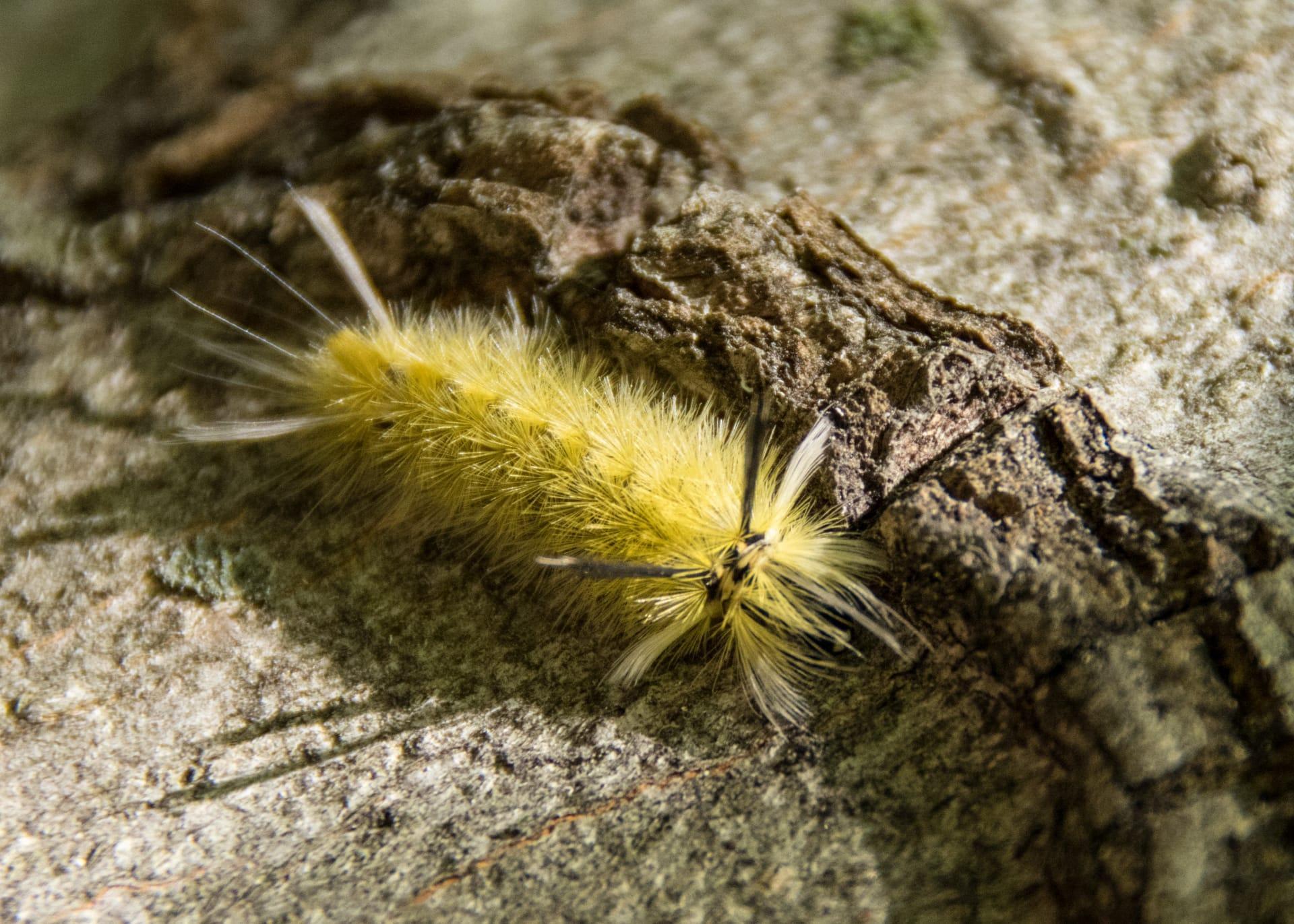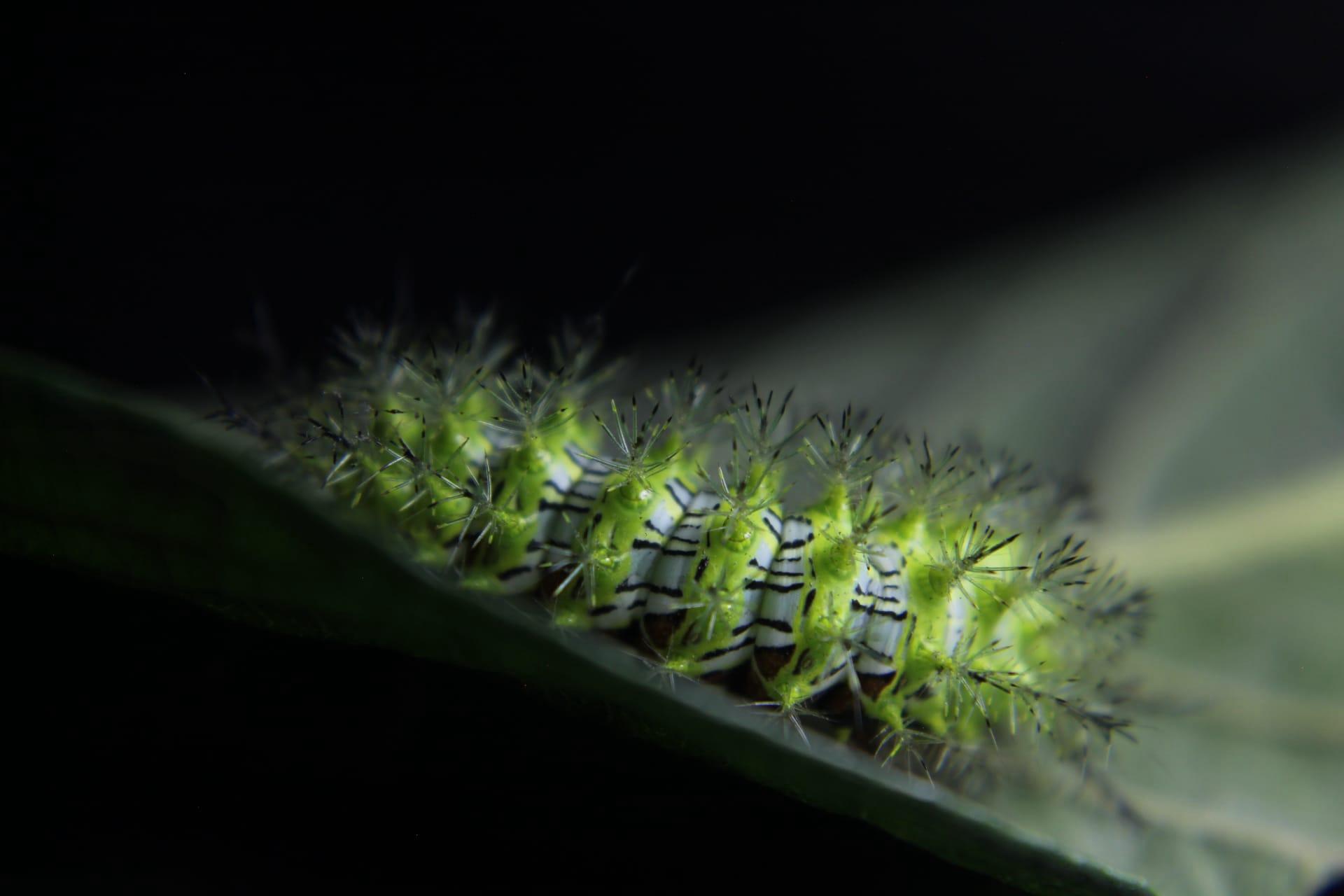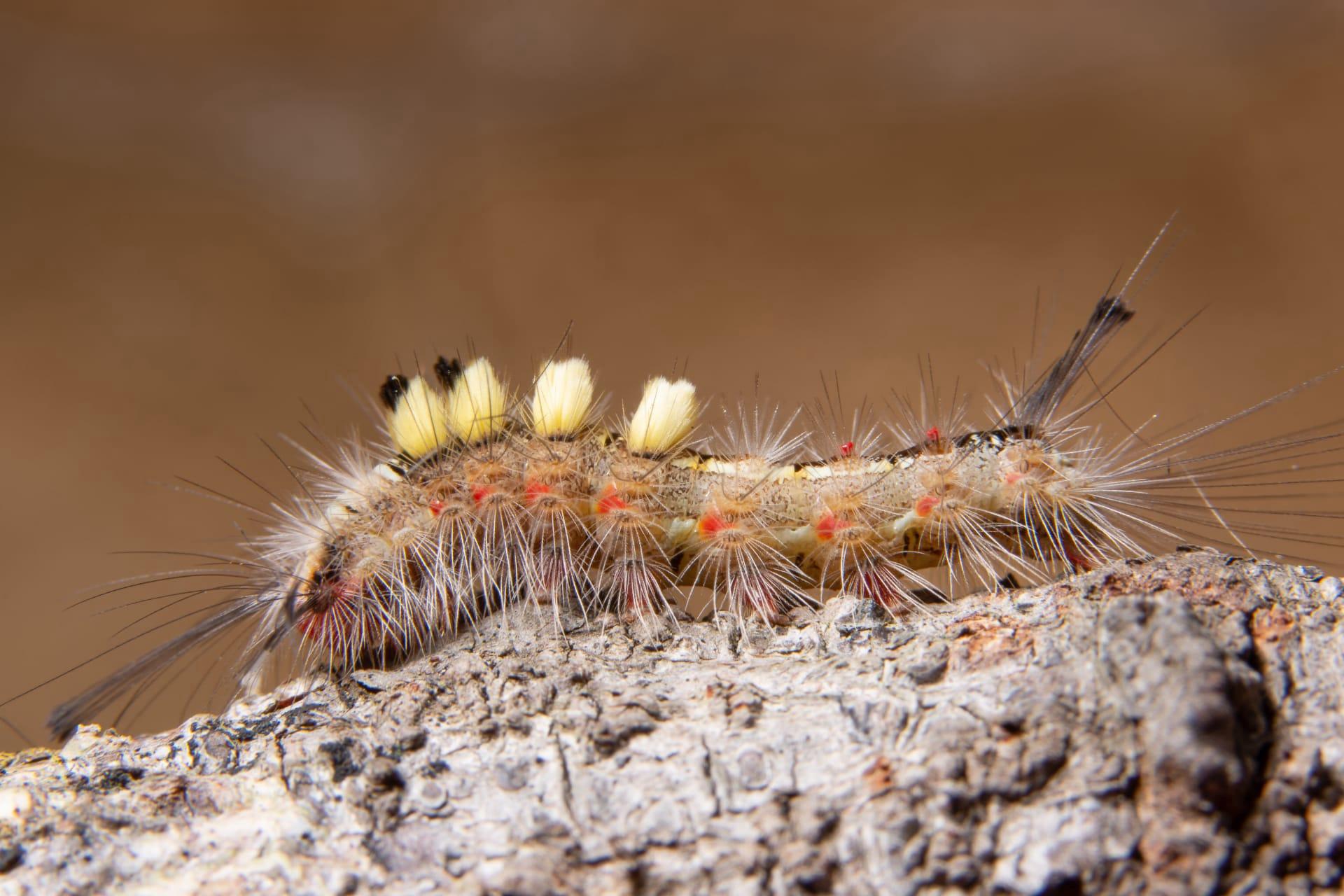1
Did you know that some species of poisonous caterpillars can be as dangerous as venomous snakes? Take the Lonomia obliqua, for instance. Found primarily in South America, its venom is so potent that it can cause disseminated intravascular coagulation in humans, where blood clots form throughout the body. This is a severe condition leading to massive internal bleeding. A single touch can expose a person to toxins equivalent to several snakebites!
Another fascinating fact about these critters is their disguise. The Hickory Tussock Moth caterpillar, commonly found in Eastern North America, has a striking black and white appearance. This unique coloring isn't just for show; it's a warning to predators. These caterpillars have urticating hairs that can cause severe allergic reactions in some people. The irritation and rashes they induce are a defense mechanism, effectively deterring predators and curious humans alike.

2
Moving on to another interesting aspect, did you know that the diet of a poisonous caterpillar can dictate its toxicity? The Monarch caterpillar, for example, feeds exclusively on milkweed, which contains cardiac glycosides. These substances are toxic to most predators, but the Monarch caterpillar stores them in its body, making it poisonous to potential predators. This adaptation not only provides defense but also contributes to the caterpillar's striking appearance, warning predators of its toxicity.
Also, the size of these critters can be deceiving. The Saddleback Caterpillar, found in Eastern North America, measures only about an inch (2.54 cm) in length, but it packs a punch. Its spines contain venom that, upon contact, can cause intense pain, swelling, and even nausea. Despite its small size, this caterpillar's defense mechanism is highly effective, making it a formidable opponent for its size.

3
Interestingly, the lifecycle of poisonous caterpillars adds to their uniqueness. The Giant Silkworm Caterpillar, found in South America, spends its larval stage accumulating toxins from its diet. When it transforms into a moth, the toxins are no longer present, making the adult completely harmless. This dramatic change showcases the complexity of their survival strategy, where the caterpillar stage is all about defense and survival.
Temperature plays a crucial role in their life too. The Pine Processionary caterpillar, found in Mediterranean regions, has a fascinating behavioral adaptation to cold temperatures. During winter, they form long chains, one caterpillar following the other, to search for food and warmth. This behavior not only helps in heat conservation but also confuses predators, showcasing a unique survival strategy in harsh environments.

4
Did you know that some poisonous caterpillars have a role in local ecosystems beyond just being a predator's nightmare? In some regions, they are considered bio-indicators of environmental health. For instance, the presence of certain species indicates a well-preserved, biodiverse habitat. Conversely, their absence can signal ecological imbalance. This makes them an essential part of studies related to habitat conservation and environmental health.
Furthermore, their venom has been a subject of medical research. Scientists have been studying the venom of the Brazilian Lonomia caterpillar for potential benefits in treating blood clots and cardiovascular diseases. Its unique properties that affect blood coagulation could lead to breakthroughs in developing new medications, showcasing how even the most unlikely creatures can contribute to medical science.

5
Moving to their social behavior, some species exhibit collective defense mechanisms. The Pine Processionary caterpillar is known for its communal lifestyle. They live in large groups, building silk nests in pine trees. When threatened, they collectively thrash their bodies, deterring predators with their irritating hairs. This group defense showcases a level of social coordination rarely seen in caterpillars.
The impact of climate change on these creatures is increasingly evident. Changes in temperature and habitat have led to shifts in the distribution of some poisonous caterpillar species. For example, the range of the Oak Processionary Moth caterpillar in Europe is expanding northward due to warmer climates. This not only affects the caterpillars themselves but also has implications for local ecosystems and human health, as these caterpillars become more prevalent in new areas.